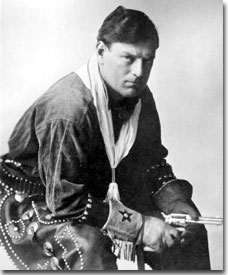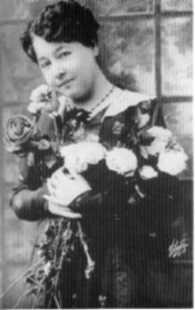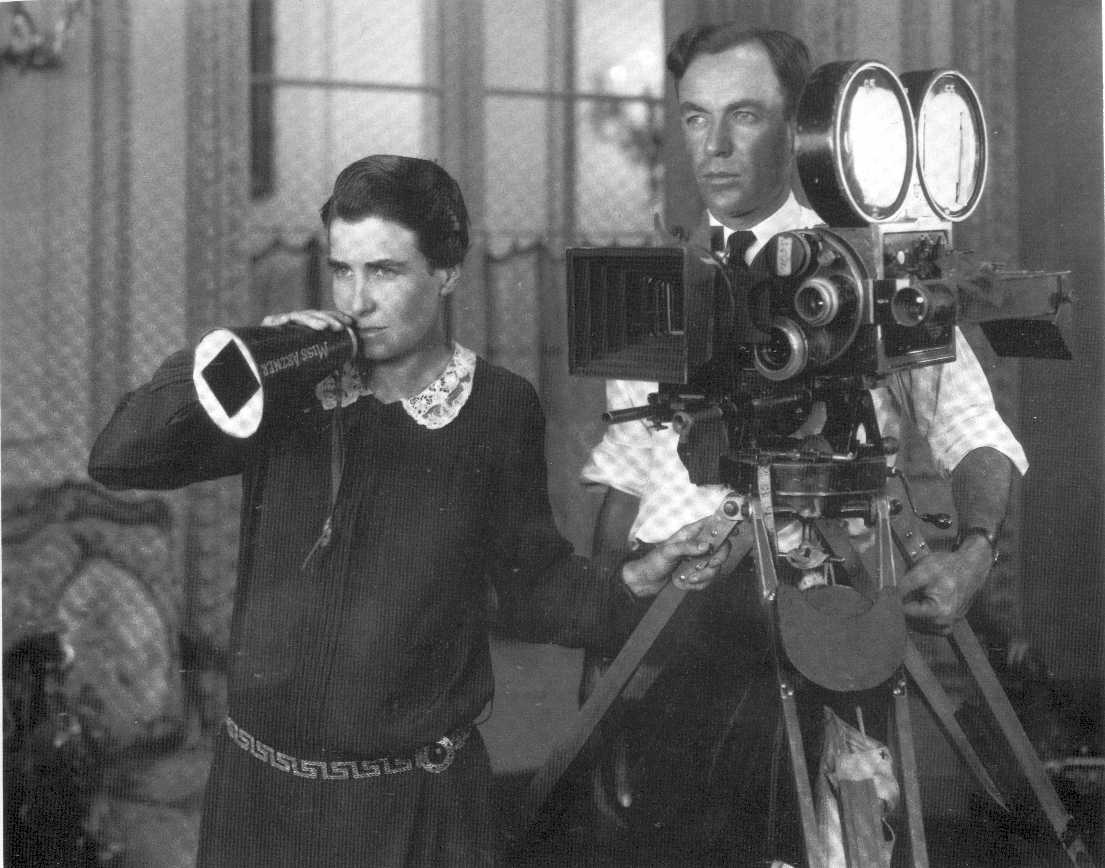- HOME
- VISIT
- ABOUT
- TOURS
- VISITOR FAQs
- LOCAL RESOURCES
- FAST FACTS
- MOAH HISTORY
- WILLIAMS HOUSE
- VICTORY GARDEN
- BOARD AND STAFF
- EXHIBITS
- CURRENT EXHIBIT
- PERMANENT EXHIBITS
- FUTURE EXHIBITS
- PAST EXHIBITS
- ARCHIVED EXHIBITS
- COLLECTION
- COLLECTION HISTORY
- DONATE TO THE COLLECTION
- SEARCH COLLECTION
- PROGRAMS & EVENTS
- CALENDAR
- ADULT PROGRAMS
- CHILDREN'S PROGRAMS
- ANNUAL EVENTS
- PAST EVENTS
- SPECIAL EVENTS
- GET INVOLVED
- MEMBERSHIP
- VOLUNTEER
- GIFT OPPORTUNITIES
- STAY CONNECTED
- EMAIL SIGNUP
- NEWSLETTERS
- PRESS
- Membership Response
Let's
Go to the Movies: The Mechanics of Moving Images 
This humble-looking Standard Vacuum Sweeper is the reason this Museum exists. In the early 1970s, accountant Frank Livermore spotted this sweeper in the corner of a local junk shop and, intrigued by its mechanical workings, Frank bought it on the spot. From that day on, he became a collector, and soon his Menlo Park home was bulging at the seams with his eclectic collection of antique mechanical and electrical devices.
Frank's friends joked that he should start a Museum of his own and, when one gave him a sign saying, Smithsonian West, Frank began to take the idea seriously. Frank and attorney Perry Moerdyke began the process of forming a registered non-profit Museum. In 1985 the Museum of American Heritage was incorporated. Frank's collection formed the nucleus of the Museum. In 1990 the Museum of American Heritage opened at its first location on Alma Street in Palo Alto and in 1997 MOAH was awarded tenancy of the City of Palo Alto's historic Williams House.
The Frank Livermore Trust was established to provide ongoing financial support for the care and maintenance of the collection.
Frank passed away in 2000, yet his curiosity and reverence for the spirit of innovation lives on in this Museum.
Today the collection boasts over 6,000 mechanical and electrical artifacts largely dating from the 1850s to the 1950s, which are housed in an offsite warehouse. Our artifacts are displayed in rotating exhibits at the Museum and are often loaned to other Museums and institutions for exhibit purposes.

This humble-looking Standard Vacuum Sweeper is the reason this Museum exists. In the early 1970s, accountant Frank Livermore spotted this sweeper in the corner of a local junk shop and, intrigued by its mechanical workings, Frank bought it on the spot. From that day on, he became a collector, and soon his Menlo Park home was bulging at the seams with his eclectic collection of antique mechanical and electrical devices.
Frank's friends joked that he should start a Museum of his own and, when one gave him a sign saying, Smithsonian West, Frank began to take the idea seriously. Frank and attorney Perry Moerdyke began the process of forming a registered non-profit Museum. In 1985 the Museum of American Heritage was incorporated. Frank's collection formed the nucleus of the Museum. In 1990 the Museum of American Heritage opened at its first location on Alma Street in Palo Alto and in 1997 MOAH was awarded tenancy of the City of Palo Alto's historic Williams House.
The Frank Livermore Trust was established to provide ongoing financial support for the care and maintenance of the collection.
Frank passed away in 2000, yet his curiosity and reverence for the spirit of innovation lives on in this Museum.
Today the collection boasts over 6,000 mechanical and electrical artifacts largely dating from the 1850s to the 1950s, which are housed in an offsite warehouse. Our artifacts are displayed in rotating exhibits at the Museum and are often loaned to other Museums and institutions for exhibit purposes.
Personalities
Broncho Bill Anderson
 The
first major name connected with a Western movie is Gilbert M. Anderson (1880-1971),
also known as "Broncho Billy". At the age of twenty he was randomly
selected to play an outlaw in the first western ever made - The Great Train
Robbery
. He was asked, "Can you ride?" "I was born in the
saddle," Anderson replied. Despite his reply, Anderson could neither ride
nor shoot. During the filming, he fell off his horse, and was given a more pedestrian
role. The movie was made in 2 days in New Jersey and was an instant hit with
audiences.
The
first major name connected with a Western movie is Gilbert M. Anderson (1880-1971),
also known as "Broncho Billy". At the age of twenty he was randomly
selected to play an outlaw in the first western ever made - The Great Train
Robbery
. He was asked, "Can you ride?" "I was born in the
saddle," Anderson replied. Despite his reply, Anderson could neither ride
nor shoot. During the filming, he fell off his horse, and was given a more pedestrian
role. The movie was made in 2 days in New Jersey and was an instant hit with
audiences.
After founding the Essanay Movie Studio in 1907 with George Spoor, he began the "Broncho Billy" series, a very popular string of movies that were as much domestic comedy as Western. Out of necessity, he invented both the "double" and the "stunt man". He also needed what later came to be called "riding extras", but for these he had to rely on whatever out-of-work cowboys might be drifting through the area. He eventually became a skilled rider and at least an adequate hand with a pistol. Along the way, he also became the first movie actor to be recognized as a "star".
A Great Hollywood Secret:
Early Women Directors
During the first three decades of the American film industry, there were many women movie directors, but hardly anyone is aware of it. It is a great Hollywood secret. Here is a brief history of three women who became successful directors during the early years of the movie industry.
 The
concept of women as directors beganin France in 1896, when Alice Guy Blache
(1873-1968), directed La Fee aux Choux
. She directed some 400 films in
France and 354 films in the U.S. Most of the films were one-reel comedies. In
1912, she became the first woman to build her own studio.
The
concept of women as directors beganin France in 1896, when Alice Guy Blache
(1873-1968), directed La Fee aux Choux
. She directed some 400 films in
France and 354 films in the U.S. Most of the films were one-reel comedies. In
1912, she became the first woman to build her own studio.
The first American woman director was Lois Weber (1882-1939). Starting
in 1908 she directed at least 40 feature films, often writing and starring in
them. An ardent supporter of Margaret Sanger and a fierce opponent of censorship,
she used her films to promote her ideals and philosophies. Weber opened her
own studio and headed a group of women directors by 1920. Weber became the highest-paid
woman director in the world.
Starting
in 1908 she directed at least 40 feature films, often writing and starring in
them. An ardent supporter of Margaret Sanger and a fierce opponent of censorship,
she used her films to promote her ideals and philosophies. Weber opened her
own studio and headed a group of women directors by 1920. Weber became the highest-paid
woman director in the world.
Dorothy Arzner (1900-1979) was
a pioneer film director. Born in San Francisco, she was the only American woman
director to make a successful transition from the silent era to sound. The four
silent and 13 sound features that Arzner directed between 1927 and 1943 were
creative examples for the women who followed. She was a staunch feminist who
showed women in commanding roles. Some of her stars included Katharine Hepburn,
Rosalind Russell and Joan Crawford. She received a 1975 Directors Guild of America
tribute.
was
a pioneer film director. Born in San Francisco, she was the only American woman
director to make a successful transition from the silent era to sound. The four
silent and 13 sound features that Arzner directed between 1927 and 1943 were
creative examples for the women who followed. She was a staunch feminist who
showed women in commanding roles. Some of her stars included Katharine Hepburn,
Rosalind Russell and Joan Crawford. She received a 1975 Directors Guild of America
tribute.
| Introduction | Technology and Developmen t | Movie Theatres | Movie Pioneers | Early Locations | Home Movies | Personalitie s | Movie Quote Quiz |
Join today! Membership dues help sustain MOAH. For more information and to download a Membership Form
LEARN MORE HERE
For questions and comments
Contact Us.
Mailing Address
PO Box 1731, Palo Alto, CA 94302
351 Homer Avenue
Palo Alto, California
p. 650.321.1004
e.




